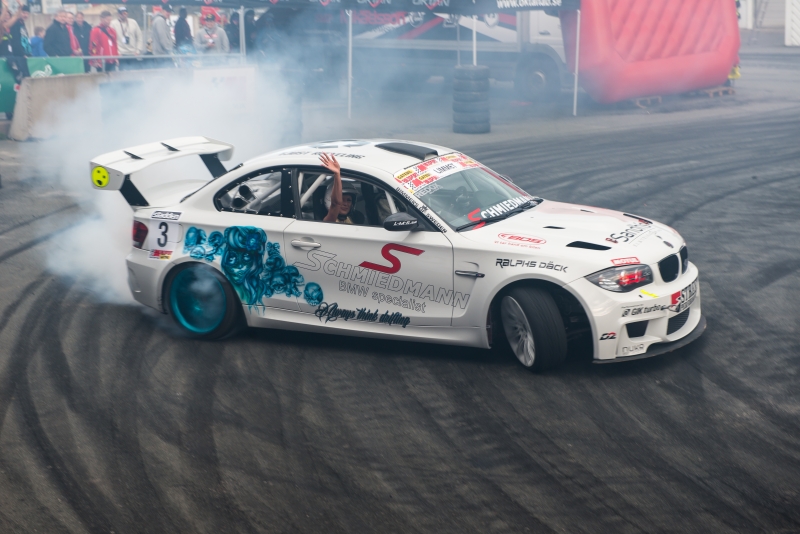 If you’ve ever had the rear end of your car swing out on a wet corner, then you have drifted. For most people, it’s a terrifying sensation of losing control, but for professional race car drivers it’s an increasingly popular technique that gives a driver more options for overtaking around a track.
If you’ve ever had the rear end of your car swing out on a wet corner, then you have drifted. For most people, it’s a terrifying sensation of losing control, but for professional race car drivers it’s an increasingly popular technique that gives a driver more options for overtaking around a track.
How Drifting Works
The easiest way to understand how drifting works is by thinking about a car making a donut. A driver forces their car to slide sideways into the turn, meaning that the car is moving in a different direction to the way the wheels are facing. At this point, the driver has no control as the car is solely being propelled by kinetic force. However, this doesn’t last for long with modern tyres which quickly grip the road again.
Why Drift
It seems strange that professional racers will want to be out of control of a speeding heap of metal for any length of time, but mastering the drift gives them many more options for overtaking on the corners. Each race track has an optimal racing line, making it hard to find places to overtake if your cars are the same speed. Drifting around corners allows drivers to maintain their speed and take a different, often shorter, line through the corner, moving them quickly past their competitors.